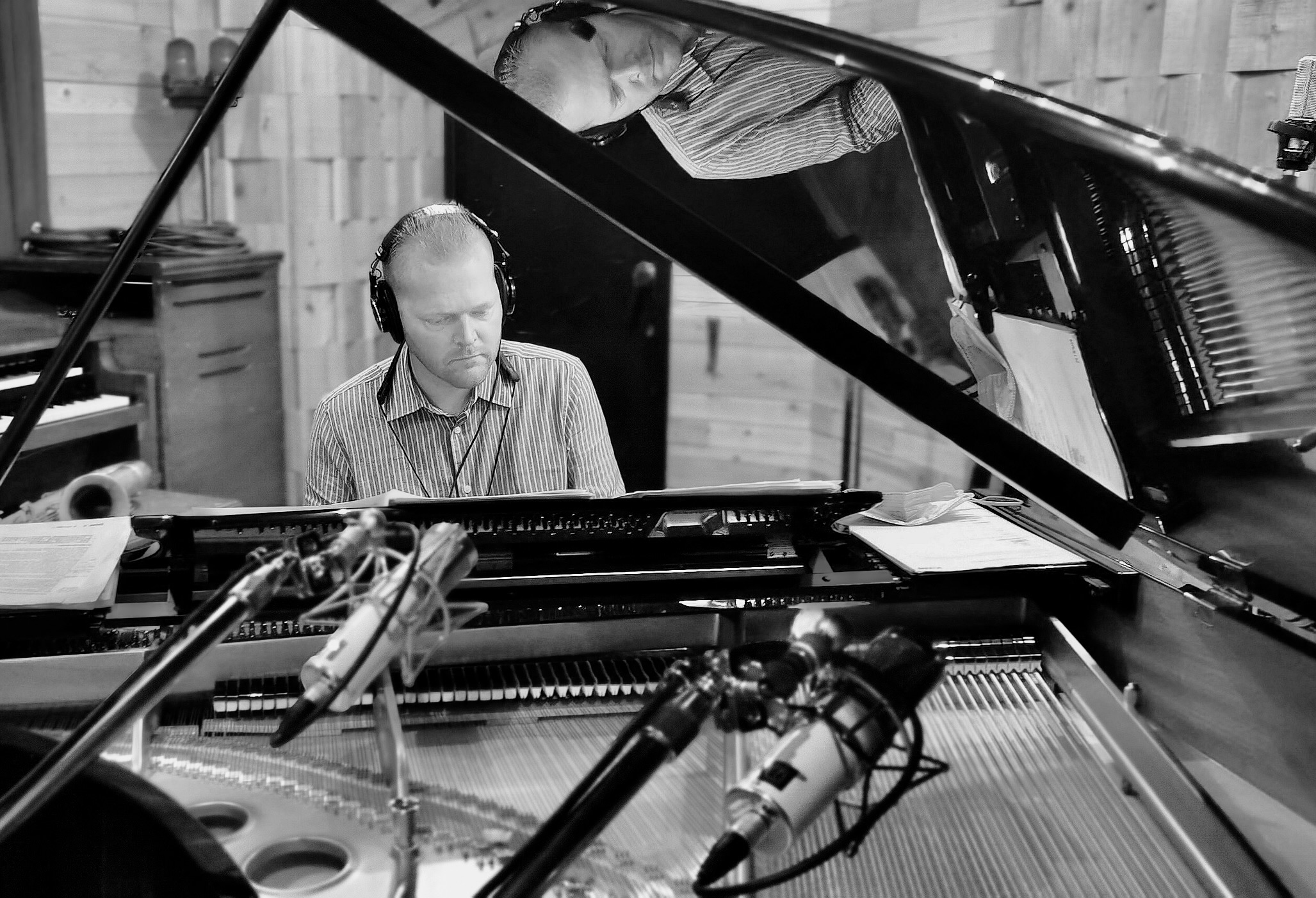The Lakeland Lecture Series Presents: Simon Cosgrove and ‘Kimigayo’
On October 12, at 7pm, here at LUJ’s campus in Ryogoku, Simon Cosgrove—professional jazz musician, composer and a liberal arts professor at Joshibi University of Art and Design—will be giving a talk titled ‘Kimigayo and the Meiji Musical Aesthetic.’
In his talk, free and open to the general public, Cosgrove will give attendees a chance to learn all about Japan’s national anthem, providing both a narrative account and historical context.
If you’re not able to attend in person, you can also register on Zoom via this link.
Before the talk, we had a chance to correspond with Cosgrove. His answers are below.
How were you first introduced to Kimigayo and what interested you about it?
Most non-Japanese people encounter Kimigayo for the first time while watching the Olympics or some other sporting event on TV, and I’m sure that many of them scratch their heads and wonder why it sounds so different to all of the other national anthems. I was no exception, and as a musician I had some burning questions:
Why did this anthem use an esoteric minor mode instead of a rousing major key? Why did it have a unison ending instead of a strong final cadence? And why was it only 11 bars long? Kimigayo was a true musical enigma…
The years rolled by, and I thought nothing more of it until 2019, when —after 16 years of living in Japan—I moved to a house in western Tokyo that was within earshot of an American military base. Every day at 5pm, Kimigayo was played over the tannoy system, immediately followed by a recording of The Star-Spangled Banner. I couldn’t help but notice how different the two pieces sounded, and my interest in Kimigayo was rekindled. I decided to dig deeper into the history and development of the Japanese national anthem, and I made some interesting discoveries which are summarized in my research paper “Kimigayo and the Meiji Musical Aesthetic,” published earlier this year.
The Meiji era, which you'll talk about (judging by the poster description below), was a fascinating time in Japanese history. Could you perhaps tell us a bit of what music was coming into Japan post-1868?
It’s hard to imagine how every single facet of life in Japan was turned on its head in the years following the Meiji Restoration. In the world of music, there was a shift away from traditional genres and a rapid influx of western models in the last decades of the 19th century. Initially, western music was used as a tool for social cohesion under the new regime, starting with military music and developing into children’s songs that were a central part of the new school curriculum.
In the years directly after the Meiji Restoration, western music had more of a pragmatic than an artistic function, but soon institutions dedicated to the study of western music were established, and both classical and popular genres flourished throughout Japan.
Gagaku, Japan’s ancient imperial court music, survived the upheaval of the Meiji Restoration relatively unscathed, and we will see in the lecture how Kimigayo is essentially a hybrid composition that contains elements of both western music and gagaku.
Seeing as how you are a professional jazz musician, in what ways does the music of Kimigayo crisscross into different genres of music...or maybe it doesn't?
This is a really interesting question! The music of Kimigayo actually has much more in common with the modal jazz of Miles Davis than it does with the harmony of Bach and Beethoven. The melody, which is based on a traditional gagaku mode and correlates roughly with our concept of a minor key, lends itself more to the jazz style than established classical harmony. I will talk in the lecture about how German composer Franz Eckert, who was tasked with arranging Kimigayo in four-part harmony, was hindered by the rules of western classical harmony and ended up leaving sections of the anthem as unharmonized unison phrases.
We will also see how the use of indigenous elements in Kimigayo, such as the gagaku mode and the irregular structure, was unheard of in national anthems at the time of its composition, but became more common as a sign of national identity later in the 20th century.
